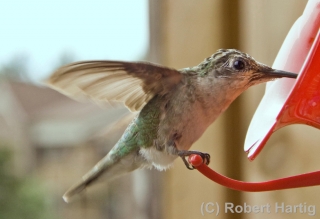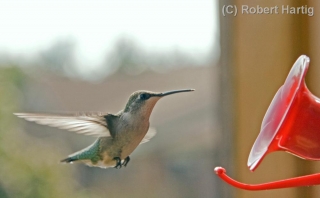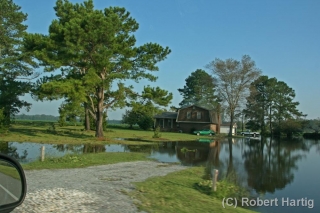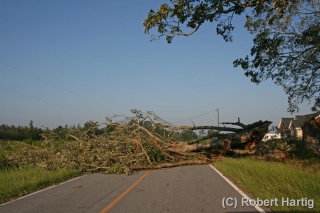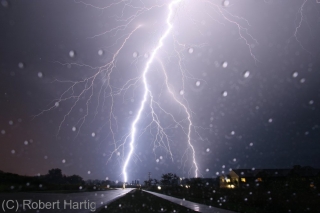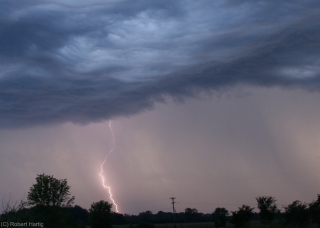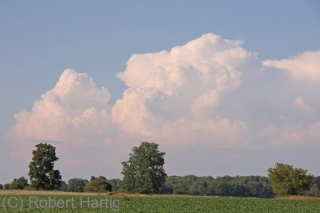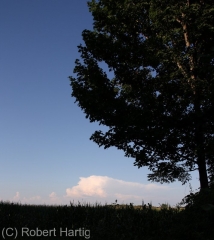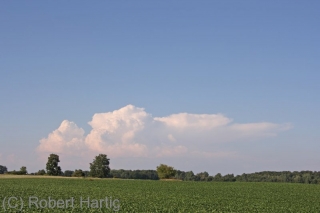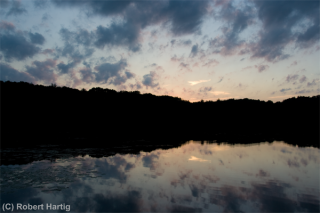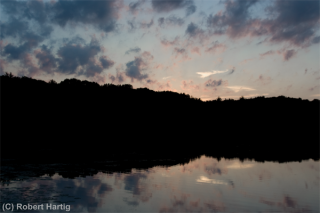Hummingbirds are hard to photograph. At least, I find them so. I’ll grant you, my camera skills are a notch or two down from professional, and I might do better if my selection in glass were broader than a single Sigma 18–200 mm zoom lens.
But that’s what I’ve got to work with, paired with my now somewhat dated but nevertheless trusty Canon Rebel XTi, and so I make do. And I’m often pleased with the results.
The two photos on this page were culled from several dozen photos taken on two separate days. I set up my tripod out on the balcony a couple feet away from the hummingbird feeder, then hunkered down on the other side of the sliding glass door with my remote shutter. Six feet of cable gave me ample distance. You’d think it would have been easy.
But hummingbirds, feisty as they are, are nevertheless skittish when it comes to the click of a shutter. Plus–and I know this will come as a surprise, but it’s nevertheless true–the little buggers don’t sit still long enough for a person to get them in decent focus.
Yes, of course I pre-focused, but I still had to attain a decent balance between depth of field and shutter speed–and believe me, with hummingbirds, you can’t have a fast enough shutter speed. You’re barely starting at 1/250; those wings will be nothing more than a blur. Today I worked at 1/320 and 1/400, and even at those faster speeds it was like trying to photograph a rocket in flight–a rocket that backs up in a trice and sideslips on a whimsy.
But I’m not complaining. Not really. The little guys are fun to watch and just as fun to photograph, and if I’ve only got a couple decent shots to show for my efforts so far, well, at least I got those. Something to remember the hummingbirds by over the long winter. They won’t be around much longer. One morning, maybe just a few days from now, or maybe in a few weeks, I’ll wake up, look for the little rascals carrying on their miniature dogfights with the hornets and with each other around the feeder, and they’ll be gone.
So now is the time to get some pics. And I have to say, the practice is addictive. Once a body gets started on hummingbird photography, the drive is on for new angles, just the right light, and exquisite sharpness. In other words, for the perfect hummingbird photo.
It’s a Holy Grail that continues to elude me, but I keep on trying, and I guess I’ll continue until the hummers are gone. Then I’ll sit back and enjoy my photos, perfect or not. These are the first of the lot. I like them fine, and I hope you do, too.
